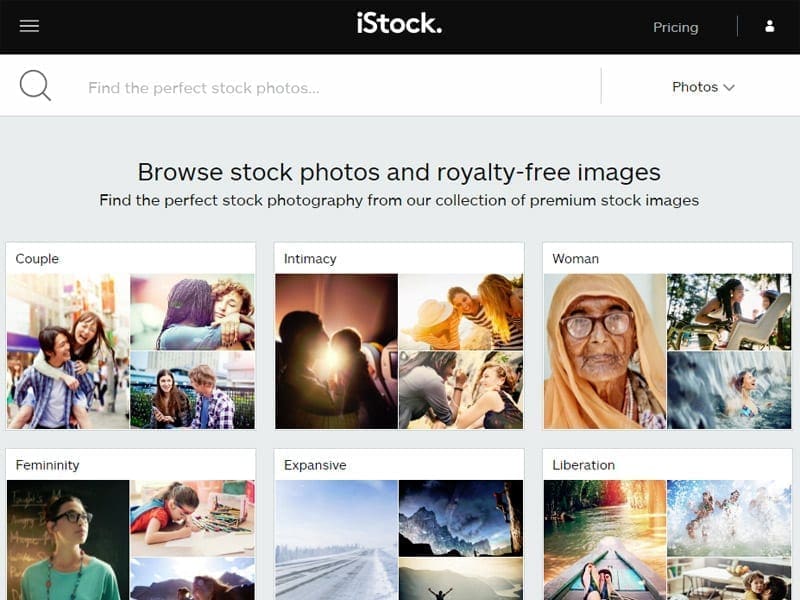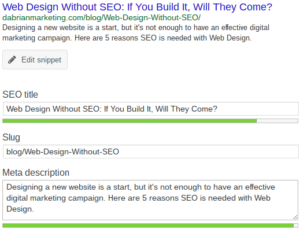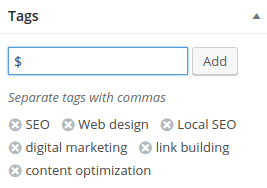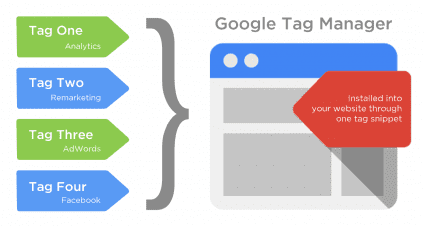5 Reasons Not To Use Stock Photography
Throughout my experience as a Web Designer, I have noticed that many businesses struggle when they have to make a decision on whether or not to use stock photography to promote their brand. Although there are several good reasons to utilize stock photography on branded materials (such as limited budget, accessibility, variety, and quality), the negative impact of using them can prove to be much greater. This blog covers the 5 disadvantages or risks of using stock photography when promoting your brand and what alternative solutions are out there to avoid these potential risks.
1. Limited Restrictions
When purchasing non-custom photography, there are always license restrictions to abide by. Always make sure to read and understand all license restrictions associated with your purchase. Some restrictions may include crediting the author while some images may only be licensed for editorial use versus advertising/commercial use. You can view iStock’s License Help or iStock’s Content License Agreement to get an idea of the type of licenses or restrictions associated to stock photography purchases.

2. Non-Exclusive
You must remember that the same website you purchase your photos from may be the same website your competitors are purchasing from. This factor alone makes stock photography usage non-exclusive to your brand. There is always that risk of competitors finding and using the same imagery you purchased.
3. Lack of Creativity
It is almost impossible for a designer to come up with a unique and custom design concept when limited to using stock photography. Remember that these images weren’t taken with your brand or products in mind. Therefore, you may find yourself paging through hundreds of images to find that one that you feel will best represents your brand. Although image options are limitless with stock photography, unique or original concepts are not.

4. Predictability
Images submitted to stock photography websites cover a variety concepts. Since these concepts are limited, image options can seem to be very predictable or clichéd. It’s one thing to have a limitless amount of images to choose from. But, if you have 100 images depicting the same idea or concept, where is the variety in that?

5. Unnatural Compositions
When browsing through stock photography websites, it’s hard not to notice all the unnatural positions or “forced” compositions in most of the images containing people; especially people in business attire. Everything looks staged. This is the best way to make your website look like spam.

What Are The Alternatives?
1. Custom Photography
It is always best to utilize custom photography to represent your brand or to tell your brand story. Purchasing in-house photography equipment or hiring a professional to do the job will prove to be a better branding method than using stock photography.






